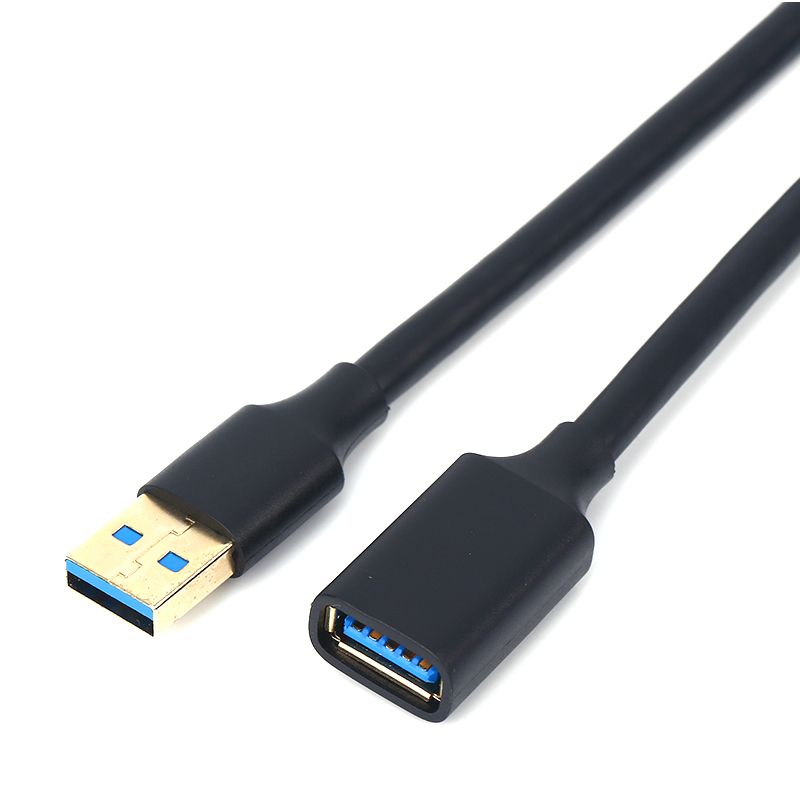Introduction to USB 3.0
USB, or Universal Serial Bus, was developed in 1994 by Intel, Compaq, and several other companies. The USB specification has come a long way from the original USB 1.0 to the current USB 3.0, the sixth generation of the USB specification, which was released in November 2008 by the USB Implementers Forum.
USB 3.0 Read Speed
USB 3.0 read speeds are generally 20M/S-90M/S, while write speeds are generally 15M/S-80M/S. Some USB flash drives even have write speeds of up to 640MB/s. It should be noted, however, that there are four different interfaces on the market for USB 3.0, and the transfer speeds for each interface vary. Therefore, it can not be assumed that the read and write speed of the USB3.0 protocol USB flash drive is the same, but also need to judge according to the material of the USB flash drive.
USB 3.0 Transfer Speed Increase
USB 3.0 offers a significant increase in transfer speeds compared to previous versions of USB 2.0 and USB 3.1. While USB 2.0 had a maximum transfer speed of 480 Mbps, USB 3.0 offers a significant increase in transfer speeds to 5 Gbps (a theoretical speed of 640 MB/s). This speed increase puts USB 3.0 far ahead of other similar technologies such as eSATA and IEEE 1394 (FireWire) in terms of data transfer speed.
Advantages of USB 3.0
The high data transfer speed is the biggest advantage of USB 3.0. For applications that require large amounts of data transfer, such as HD video playback, large games, etc., USB 3.0 can greatly reduce data transfer time and improve work efficiency. In addition, compared with USB 2.0, USB 3.0 also offers significant improvements in energy efficiency. It reduces energy consumption through a more efficient data transfer mechanism, which makes USB devices more energy efficient during data transfer.
How to recognize USB 3.0
To confirm whether your device supports USB 3.0, you can check the device's specification sheet or the interface.USB 3.0 ports are usually blue in color and have 5 metal contacts inside. It has extra contact points to support faster data transfer speeds compared to USB 2.0's 4 contact points. If your device has a blue USB connector, then it most likely supports USB 3.0.
In addition, if your computer supports USB 3.0, the system will usually automatically detect and indicate that you are using USB 3.0 when you plug in a USB device. if you see “Ethernet USB 3.0 Protocol IP Over USB” in the device manager, it means you are If you see “Ethernet USB 3.0 Protocol IP Over USB” in the device manager, it means you are using USB 3.0.
Compatibility Issues
Although USB 3.0 is very fast, it is not backward compatible with USB 2.0 or earlier versions. This means that if you have a USB 2.0-only device, then you can't plug it into a USB 3.0-only port. However, most modern motherboards and computers support both USB 2.0 and USB 3.0, so this issue usually doesn't arise.
Overall, USB 3.0 is a revolutionary technology whose high speed, efficiency and energy-saving features make it an ideal interface for modern computers and devices. Although it may pose some compatibility issues, with proper use and configuration, it can undoubtedly bring us great convenience and efficiency gains. As technology continues to advance, we expect more devices and PCs to support this fast data transfer technology.



